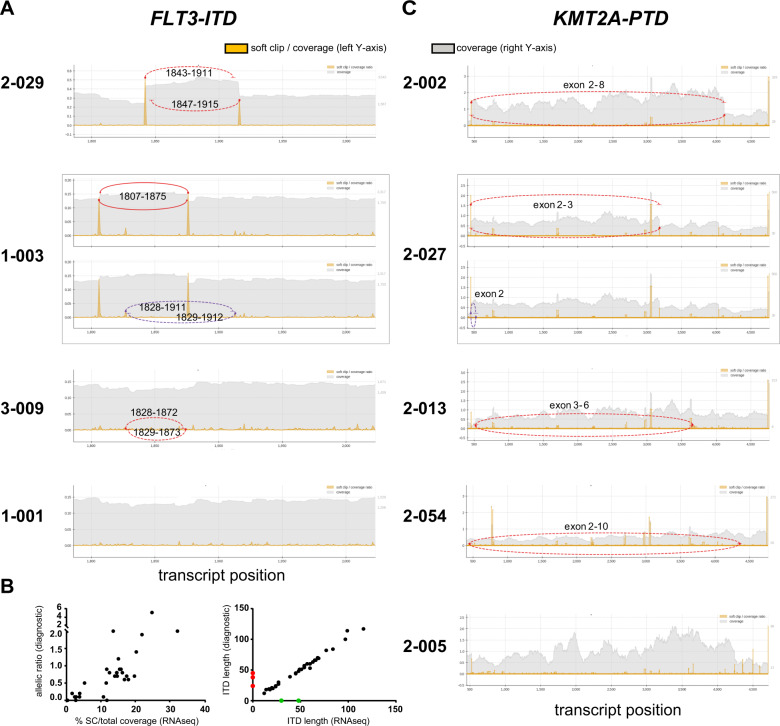Fig. 4. Detection of tandem repeats in FLT3 and KMT2A by the ReSCU algorithm.
Graphs depict the ratio of soft-clipped (SC) reads-to-total coverage (left Y-axis; yellow peaks) and total read coverage (right Y-axis; gray areas) for each position. Reciprocal events at identical and close positions are indicated by solid and dotted lines, while red and purple lines represent dominant and subdominant events, respectively. a FLT3 exons 14–15 (1787–2024 in ENST00000241453 and 1705–1942 in coding sequence). AML cases are representative for a reciprocal event with high SC reads-to-total coverage (2-029), a case with dominant and subdominant reciprocal events (1-003), a reciprocal event with low SC reads-to-total coverage (3-009), and a case without ITD (1-001). b Comparison of FLT3-ITD results by HAMLET and diagnostic PCR. Diagnostic PCR was performed on genomic DNA using NED-5′-GTAAAACGACGCCCAGTCTGAAGCAATTTAGGTATGAAAGC-3′ and VIC-5′-GGAAACAGCTATGACCATGTACCTTTCAGCATTTTGACG-3′ as forward and reverse primers, respectively. Left panel: SC reads-to-total coverage by HAMLET (X-axis) versus allelic ratios by diagnostic PCR calculated from areas under the curve for mutant and wild-type FLT3 fragments after capillary electrophoresis (Y-axis). SC reads-to-total coverage is the sum of dominant and subdominant ITD and average between start and end of ITD. Right panel: ITD length as determined by HAMLET (X-axis) versus diagnostic PCR (Y-axis). Two subdominant ITD in case 3-027 (green dots) were detected by HAMLET with <0.5% SC reads-to-total coverage but not by routine diagnostics. Three subdominant ITD in cases 2-015, 2-032, and 2-046 (red dots) were detected by routine diagnostics but not by HAMLET. All dominant clones were called by both tests. c KMT2A exons 2–13 (456–4719 in ENST00000534358 and 433–4696 in coding sequence). AML cases are representative for duplications of exon 2–8 (2-002), exon 2 and exon 2–3 (2-027), exon 3-6 (2-013), exon 2-10 (2-054), and a case without PTD (2-005).

